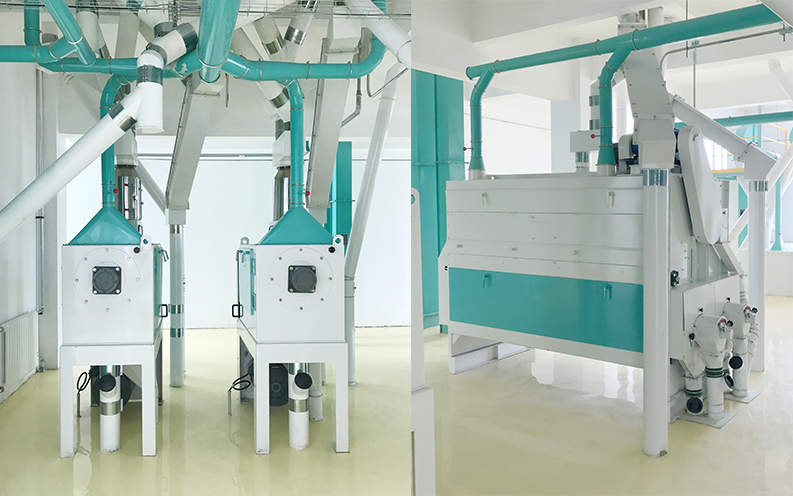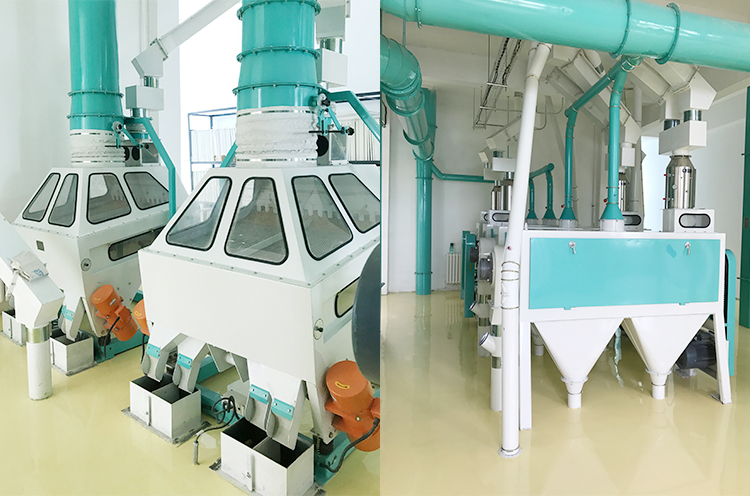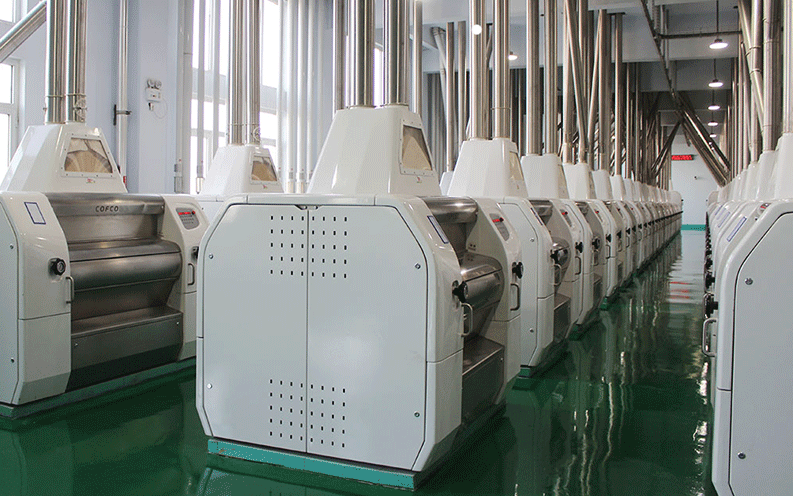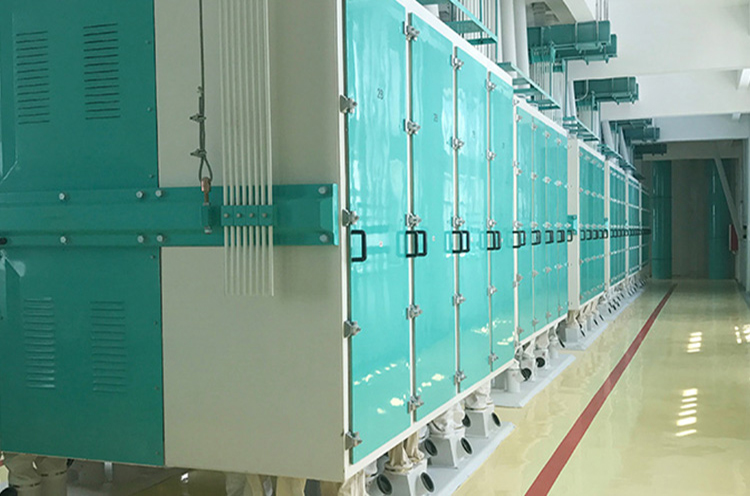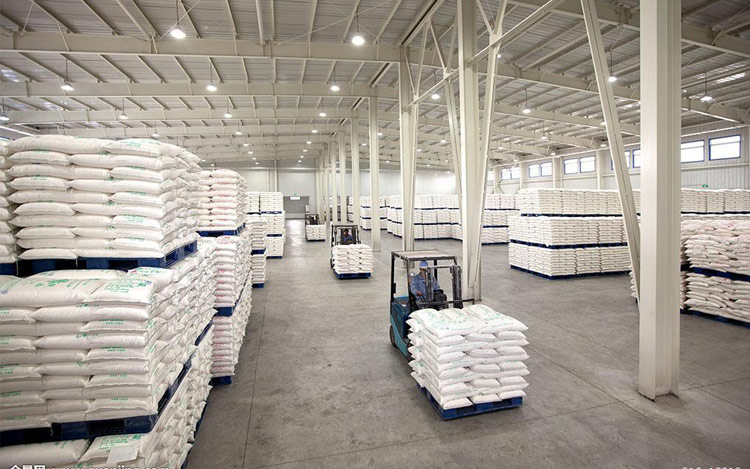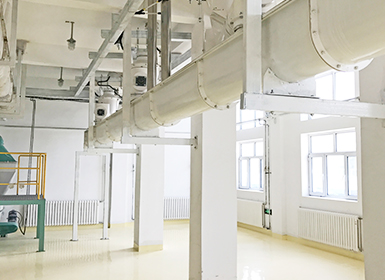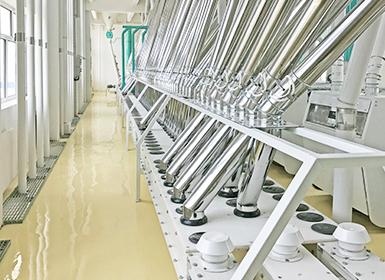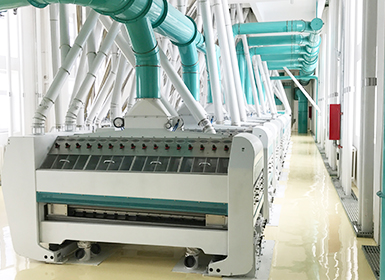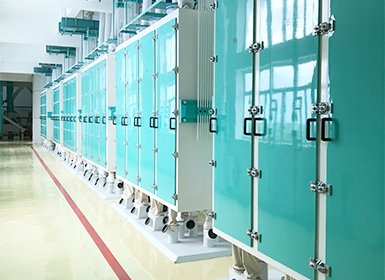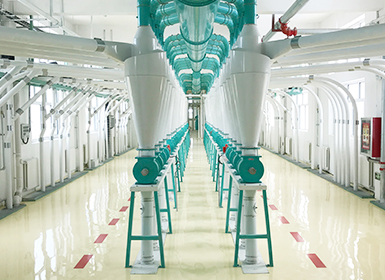General Introduction:
Over 60 years, we have specialized in grain logistics, storage and processing technology for the grain and oil industry. Our expertise spans research and development, engineering consulting, engineering design, general contracting, engineering supervision, and manufacturing of mechanical and electrical equipment for handling staples like wheat, rice, oil, fat, and feedstuff.
Trusted by clients worldwide, we deliver high quality, personalized solutions to address challenges across the grain processing industry value chain. Our longevity and proven success come from a commitment to innovation, sustainability and achieving maximum value for our customers.
